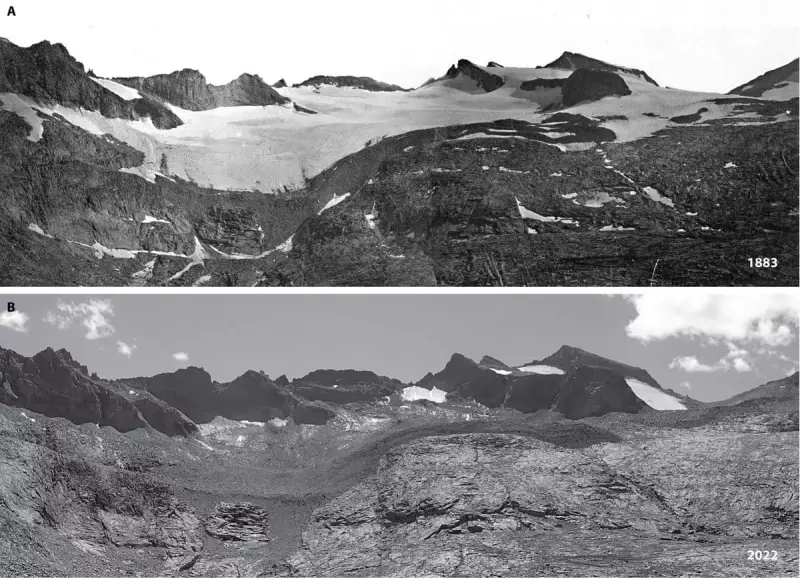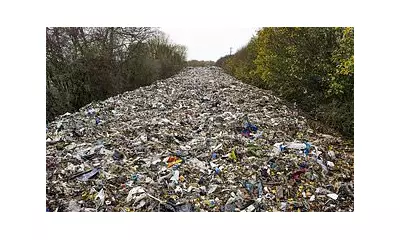
The majestic glaciers that have crowned California's Sierra Nevada mountains for millennia are now in their final chapter, with new research revealing their disappearance is accelerating at an alarming pace.
A Vanishing Landscape
Scientific analysis confirms what mountaineers and researchers have witnessed firsthand: the ice fields that have defined the High Sierra for centuries are retreating so rapidly that some could vanish within the current decade. These ancient ice formations, which have persisted through countless climate variations, are now succumbing to human-induced climate change.
The Shrinking Giants
The rate of ice loss has stunned researchers. Glaciers that were projected to last decades are now expected to disappear in mere years. The warming climate, combined with reduced snowfall and hotter summer temperatures, has created conditions these ice relics cannot withstand.
Consequences Beyond the Mountains
The implications extend far beyond the scenic alpine landscapes. These glaciers have historically served as natural reservoirs, slowly releasing water during dry summer months. Their disappearance threatens to exacerbate California's ongoing water challenges and disrupt fragile mountain ecosystems that depend on consistent meltwater.
Climate Warning Written in Ice
Scientists describe the rapid glacier retreat as one of the most visible and dramatic indicators of climate change in North America. The Sierra Nevada's ice fields are essentially climate archives, preserving centuries of environmental history that is now literally melting away before researchers can fully document it.
The transformation is happening so quickly that researchers are racing to document and understand these ecosystems before they're lost forever. What happens in California's high country serves as a stark warning about the broader impacts of climate change on mountain regions worldwide.





